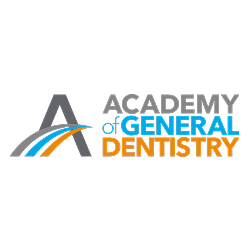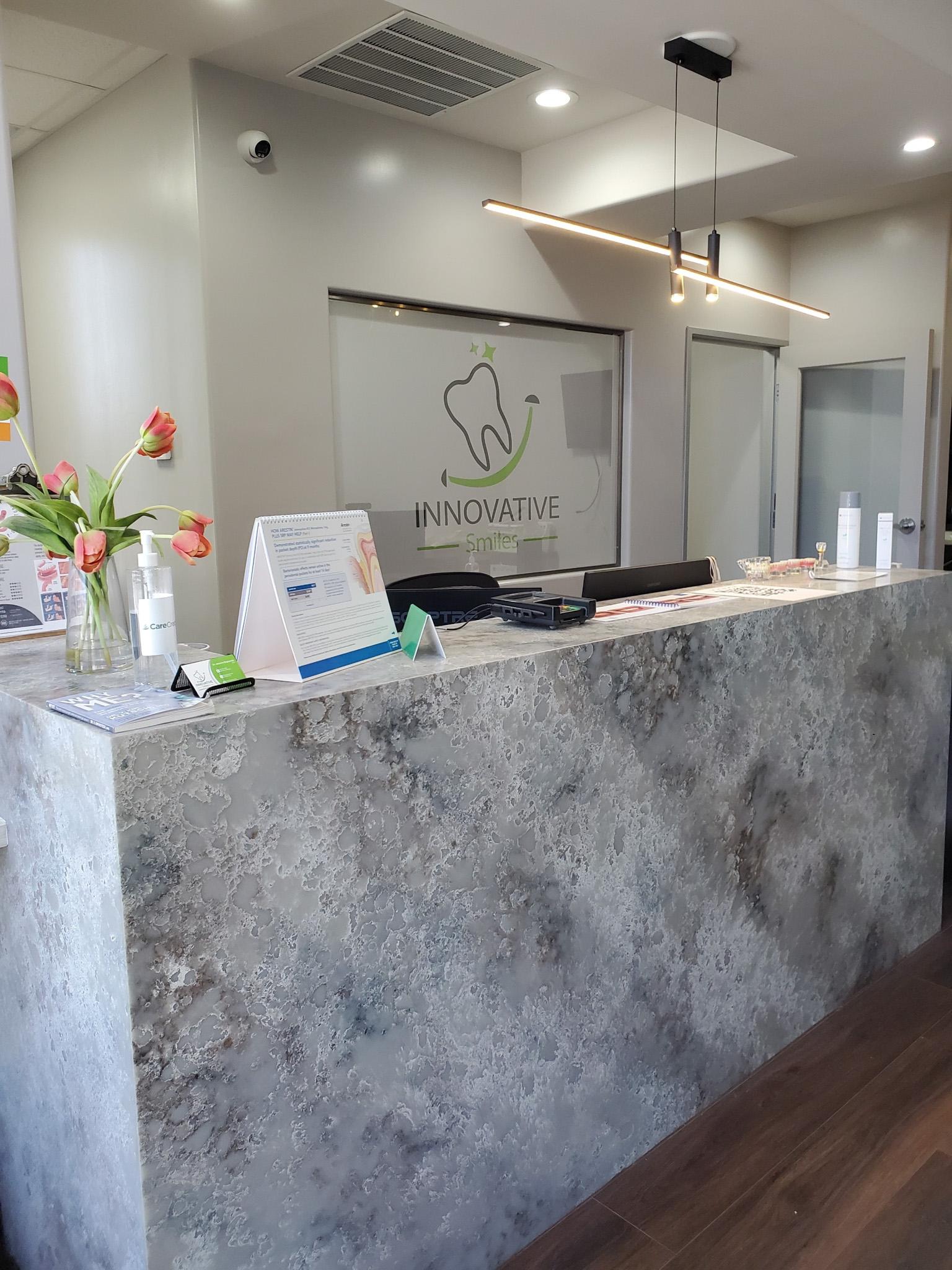



Practice of Dr. Jesmine Boghawala
Welcome to Innovative Smiles!
Your Dentist in Long Beach, CA
Welcome to the esteemed office of Long Beach dentist, Dr. Jesmine Boghawala! As the proud owner of our distinguished dental practice in Long Beach, Dr. Boghawala warmly invites you to experience exceptional care at Innovative Smiles.
Since its inception in 2023, our practice has quickly become renowned as one of the most comfortable and comprehensive dental centers in the area. We are committed to providing outstanding care through clear and thorough communication with every patient. Located on Wardlow Road, in the heart of California Heights in Long Beach, our mission is to deliver maximum and comforting care by achieving optimum oral wellness and maintaining beautiful smiles. Are you ready to achieve the healthy, beautiful smile you want and deserve? If so, the entire team at our dental practice is ready to help.
Our dental practice is the ideal place for patients looking for a conveniently located dentist near me in Long Beach 90807. Situated off E Wardlow Rd near Target, we are centrally located for our community.


Our Long Beach Dental Services
As a premier dental office in Long Beach, we offer a comprehensive array of dental services including family dentistry, cosmetic dentistry, oral surgery, sedation dentistry, laser dentistry, emergency dental care, and more!
This allows you to address the majority of your oral health needs directly at our one convenient Long Beach office location.
With a central location near Target and at the intersection of E Wardlow Rd and California Ave, our dental office offers an easy-to-access center for visiting a dentist near me in Long Beach 90807.
Some of our most popular services include:
Visit With Our Long Beach Dentist
Experience unparalleled dental care at Innovative Smiles, where our expert team is dedicated to providing top-tier services with an emphasis on advanced training and clinical expertise. Prioritizing your oral health, we ensure you have access to the most cutting-edge dental treatments available. Our commitment to continuous education allows us to deliver exceptional care, making your smile our top priority.
When you choose our Long Beach dentist, you’re choosing a trusted partner in your dental health. Discover why we’re a leading dental wellness center in Long Beach, CA, and let us help you achieve and maintain a healthy, confident smile.

Contact Our Long Beach dentist
At Innovative Smiles, we are accepting new patients! Contact our Long Beach dentist at (562) 542-3080 and discover what makes our practice so unique! We look forward to giving you something to smile about!

